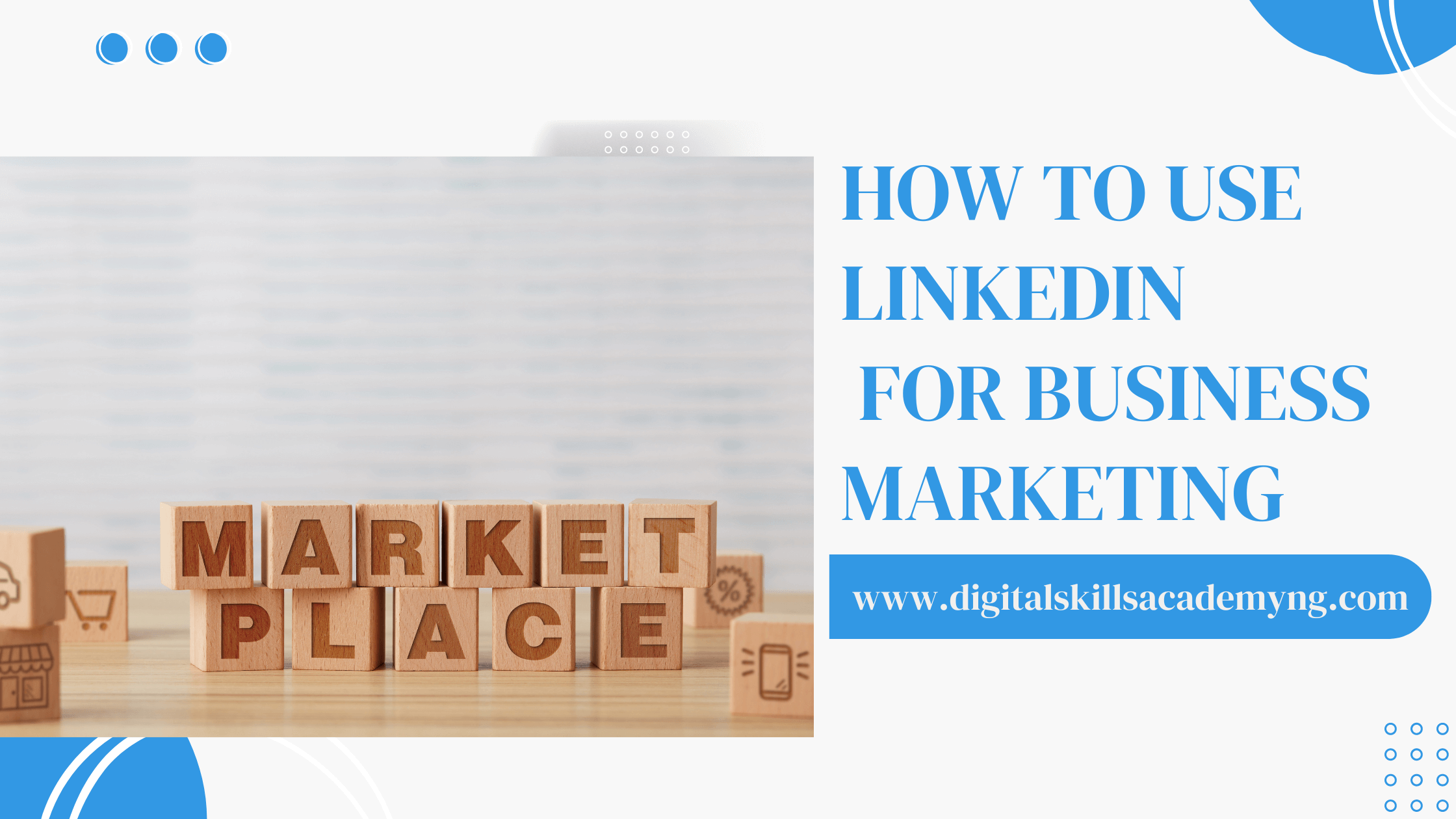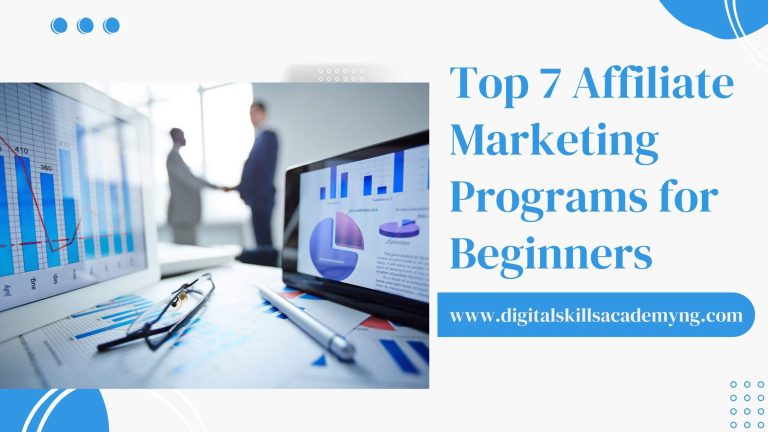How to Use LinkedIn for Business Marketing
LinkedIn has become a powerful tool for businesses looking to market themselves, connect with potential clients, and build professional relationships. With over 900 million members, it’s a platform filled with opportunities for networking, lead generation, and brand awareness.
Why LinkedIn?
Table of Contents
Before diving into strategies, let’s understand why LinkedIn is essential for business marketing:
Professional Audience: LinkedIn is primarily a professional platform, meaning users are there for serious networking, job searching, and business growth.
B2B Focus: If you’re in the B2B (business-to-business) space, LinkedIn is where your potential clients are likely to be.
Content Sharing: LinkedIn encourages sharing articles, posts, and updates, making it an excellent platform for showcasing expertise.
How to Use LinkedIn for Business Marketing
Setting Up Your Profile
Optimize Your Profile
Your LinkedIn profile is like your online business card. Here are some tips for optimizing it:
Profile Picture: Use a professional headshot. This builds trust and makes you more approachable.
Headline: Write a clear and engaging headline that reflects your business. Instead of just your job title, consider adding what you do and the value you provide.
Summary: Your summary should tell your story. Highlight your skills, experiences, and what your business offers. Use simple, engaging language to connect with your audience.
Showcase Your Brand
Company Page: Create a company page for your business. This allows you to share updates, job openings, and company news.
Branding: Use your brand colors and logo consistently. This builds recognition and professionalism.
Building Connections
Networking
Connect with Industry Leaders: Start by connecting with people in your industry, potential clients, and influencers. Personalize your connection requests with a friendly message explaining why you want to connect.
Join Groups: Participate in LinkedIn groups relevant to your business. This is a great way to meet like-minded professionals and share insights.
Engage with Others
Comment and Share: Engage with content shared by your connections. Comment thoughtfully on posts to start conversations.
Recommendations: Ask for recommendations from clients or colleagues. This adds credibility to your profile.
Content Marketing on LinkedIn
Share Valuable Content
Creating and sharing valuable content is crucial for business marketing on LinkedIn. Here’s how to do it effectively:
Articles: Write articles about industry trends, tips, or case studies. Use simple language and make your articles easy to read. Blogging is important for your business marketing strategies.
Posts: Share quick updates, tips, or links to your blog posts. Short, catchy posts tend to perform well.
Visual Content: Use images, infographics, and videos to grab attention. Visuals can make your content more engaging.
Examples of Content
Case Studies: If your business helped a client solve a problem, share a case study detailing the process and results. This builds credibility and showcases your expertise.
How-To Guides: Create simple guides related to your industry. For instance, share tips on increasing social media engagement if you’re in digital marketing.
Using LinkedIn Ads
Why Use LinkedIn Ads?
LinkedIn ads can help you reach a larger audience, particularly if you’re targeting specific professionals or companies.
Here’s how to get started:
Sponsored Content: Promote your posts to reach more people. This can increase engagement and visibility.
InMail Ads: Send direct messages to LinkedIn members not in your network. This is a personal way to reach potential clients.
Targeting Options: Use LinkedIn’s targeting features to focus on specific industries, job titles, or locations. This ensures your ads reach the right audience.
Example of Successful Ads
Consider a software company that created a white paper on industry trends. They used Sponsored Content to promote this paper, targeting decision-makers in relevant industries. As a result, they saw increased downloads and higher engagement rates.
Analyzing Your Efforts
Track Your Performance
It’s essential to track the performance of your LinkedIn marketing efforts.
Here’s how:
Analytics: Use LinkedIn’s analytics tools to see how your posts and ads are performing. Look at metrics like views, likes, shares, and comments.
Adjust Your Strategy: Based on the data, adjust your content and engagement strategies. If certain types of posts perform better, consider creating more of those.
Example of Tracking
A small business owner started sharing weekly tips on their LinkedIn page. After a month, they noticed that posts with images received more engagement than text-only posts. They decided to include visuals in their future posts, resulting in increased interaction and visibility.
Building Relationships
Personal Outreach
Building relationships on LinkedIn is about more than just selling.
Here are some ways to nurture connections:
Follow–Up: After connecting, send a follow-up message thanking them and suggesting a conversation.
Engage in Conversations: Don’t just connect and forget. Regularly engage with your connections’ content and check in with them.
Hosting Webinars and Events
Consider hosting webinars or virtual events to showcase your expertise. Promote these events on LinkedIn, and invite your connections. This positions you as a thought leader and allows for deeper engagement.
Conclusion
LinkedIn is a valuable platform for business marketing, offering numerous opportunities to connect, engage, and grow your brand.
Remember, the key to success on LinkedIn is consistency and genuine engagement. Take the time to build relationships, share your expertise, and track your results. With patience and effort, you’ll see your business thrive in the LinkedIn community




